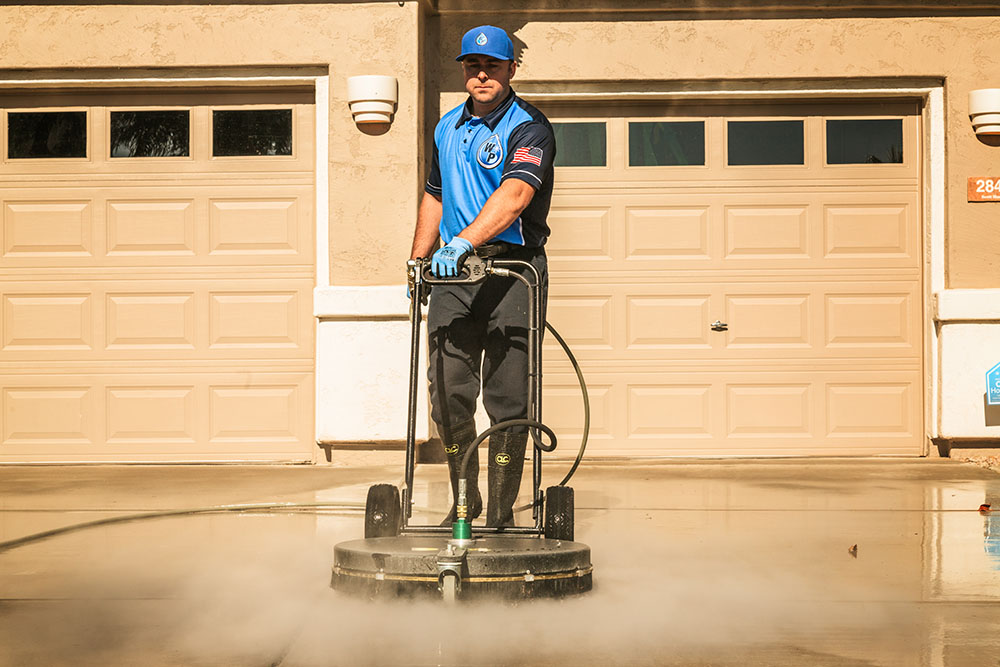As the world faces increasingly urgent environmental challenges—such as climate change, pollution, and biodiversity loss—there is a growing recognition of the need to educate future generations about the importance of environmental stewardship. Integrating environmental education into the curriculum is essential for fostering an environmentally conscious, responsible, and empowered generation. Not only does environmental education help students understand the pressing issues facing our planet, but it also equips them with the knowledge, skills, and values necessary to make a positive impact on the environment.Universities in East Africa
In this article, we explore how educators can effectively integrate environmental education into the curriculum, regardless of grade level or subject area, to ensure that students are prepared to tackle the challenges of the future.
1. Make Environmental Education an Interdisciplinary Experience
Environmental education is not confined to one specific subject area; it is an interdisciplinary topic that can be woven into various subjects, from science and geography to mathematics, language arts, and even social studies. By integrating environmental themes across the curriculum, students can gain a holistic understanding of the environment and its importance to society.
For example:
- Science: Teachers can cover topics such as ecosystems, climate change, renewable energy, and the water cycle. Hands-on experiments, such as testing water quality or studying plant growth, can provide real-world applications of environmental concepts.
- Mathematics: Environmental data analysis is a great way to bring math into environmental education. Students can calculate carbon footprints, measure pollution levels, or track recycling rates. By using real-world environmental data, students learn how math can be applied to solve environmental issues.
- Social Studies: Environmental issues are deeply connected to social, political, and economic systems. In social studies classes, students can explore the impact of environmental policies, global environmental justice, and the role of activism in pushing for environmental change.
- Language Arts: Students can read literature related to the environment, such as works by authors like Rachel Carson (“Silent Spring”) or Wendell Berry. They can write essays or poems about their relationship with nature or engage in debates about environmental policies.
By connecting environmental topics to multiple subjects, educators can show students how environmental issues intersect with various aspects of life, making the topic more engaging and relevant.
2. Focus on Experiential Learning and Outdoor Education
Experiential learning, which involves learning through hands-on activities and real-world experiences, is a powerful way to engage students in environmental education. By taking students outdoors, teachers can deepen their connection to the environment and offer unique learning opportunities that cannot be replicated in the classroom.
Some ways to incorporate outdoor education include:
- Nature Walks and Field Trips: Organizing field trips to local parks, nature reserves, farms, or wildlife sanctuaries allows students to experience the environment firsthand. During these trips, students can study ecosystems, observe wildlife, and discuss the effects of human activity on natural spaces.
- School Gardens: School gardens are an excellent way to teach students about sustainable agriculture, biodiversity, and the importance of local food systems. Gardening activities can also integrate science, math, and environmental stewardship by allowing students to learn about plant biology, soil health, and resource management.
- Community Clean-up Projects: Involving students in community-based environmental projects, such as trash clean-ups, tree planting, or recycling initiatives, provides practical experience in environmental conservation. These activities promote a sense of civic responsibility and community involvement.
- Eco-friendly School Initiatives: Encouraging students to take part in energy conservation efforts, waste reduction, and sustainability initiatives within the school can create a “living laboratory” for environmental learning. Students can monitor energy use, track recycling efforts, and design solutions to reduce the school’s carbon footprint.
Experiential learning helps students connect theory to practice, making environmental education more memorable and impactful.
3. Address Local Environmental Issues
While global environmental challenges like climate change are crucial to understanding, it is also important for students to learn about the environmental issues that directly affect their local communities. Local environmental problems, such as pollution, deforestation, water shortages, or habitat destruction, can make the subject matter more relatable and actionable.
Teachers can:
- Organize discussions or research projects focused on local environmental challenges and their causes. This could include studying the effects of local pollution on wildlife, investigating how urbanization affects local ecosystems, or learning about conservation efforts in the community.
- Invite local environmental experts, activists, or government representatives to speak to students about regional environmental issues and solutions. This gives students the opportunity to interact with professionals and learn about real-world efforts to address local environmental concerns.
- Encourage students to participate in local environmental advocacy by writing letters to local government officials, organizing awareness campaigns, or collaborating with local organizations to implement sustainability initiatives.
By focusing on local issues, students can see the tangible impact of their actions and understand that even small efforts can lead to meaningful environmental change.
4. Encourage Critical Thinking and Problem-Solving
Environmental education is not just about imparting knowledge; it is also about fostering critical thinking, problem-solving, and innovation. Students should be encouraged to think critically about environmental issues, analyze their causes and consequences, and explore possible solutions.
Teachers can promote critical thinking by:
- Asking open-ended questions: Rather than simply providing facts, educators can ask students to consider the broader implications of environmental issues. For example: “What are the economic, social, and environmental impacts of fossil fuel consumption?” or “How can we balance economic growth with environmental sustainability?”
- Debating solutions: Organizing debates on controversial environmental issues, such as fracking, renewable energy policies, or plastic waste reduction, allows students to consider multiple perspectives and practice presenting well-reasoned arguments.
- Designing projects: Students can work on project-based learning (PBL) activities that require them to research an environmental problem and propose innovative solutions. Projects could include designing a sustainable city, creating a recycling program for their school, or developing an awareness campaign on reducing food waste.
By engaging in critical thinking, students become more capable of analyzing complex environmental issues and are better prepared to take action to address them.
5. Promote Environmental Literacy and Global Awareness
Incorporating environmental education into the curriculum also involves developing students’ environmental literacy—understanding the fundamental concepts related to the environment, such as ecosystems, conservation, and sustainability. Environmental literacy empowers students to become informed and responsible citizens who can participate in global conversations about climate change, biodiversity, and other environmental challenges.
Global awareness is equally important, as environmental issues transcend borders. Teaching students about international environmental policies, global sustainability efforts, and the interconnectedness of ecosystems around the world helps students understand the global scope of environmental problems and solutions.
6. Use Technology and Digital Resources
Technology can be a powerful tool for enhancing environmental education. Digital resources, such as online courses, documentaries, and simulations, can bring environmental topics to life. Additionally, technology allows students to track environmental data, participate in virtual field trips, and collaborate with peers from around the world on environmental projects.
Teachers can incorporate technology by:
- Using interactive websites and apps to track carbon footprints, monitor environmental changes, or simulate ecological systems.
- Watching documentaries or virtual tours of endangered ecosystems, national parks, or environmental disasters.
- Using social media platforms to engage students in global environmental movements and connect them with peers who are passionate about sustainability.
Conclusion
Integrating environmental education into the curriculum is not only essential for fostering a more sustainable future but also provides students with the knowledge and skills they need to make informed decisions about the environment. By making environmental education interdisciplinary, experiential, and relevant to students’ local and global communities, educators can inspire the next generation of environmental stewards. Through hands-on learning, critical thinking, and a deeper understanding of environmental issues, students will be equipped to address the pressing challenges of our time and work toward a more sustainable world.


